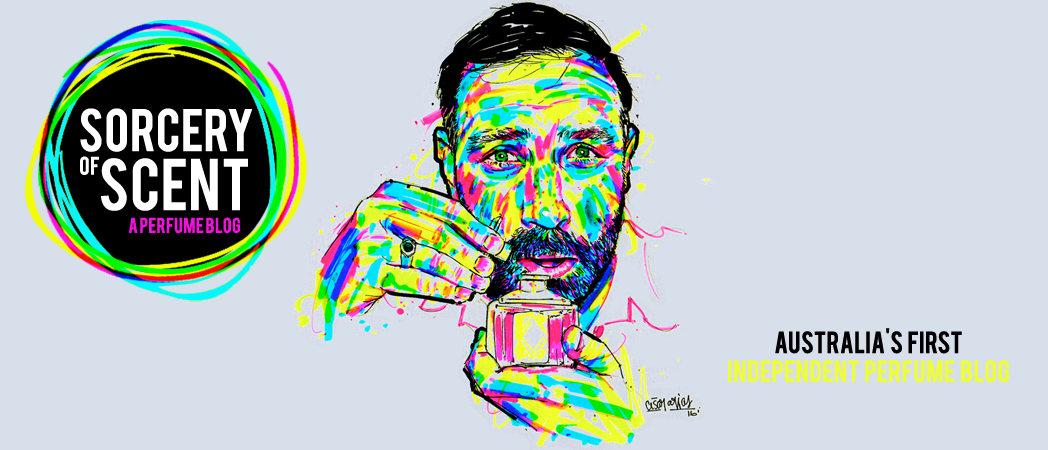This week Sorcery of Scent will reprise its "5 Rare Guerlains in 5 Days" series, in which we focus on one scarce perfume each day for five days from the house of Guerlain, that are either inaccessible to many or simply lost to the sands of time.
In 2014, Guerlain perfumer Thierry Wasser and his assistant Frederic Sacone set to work examining antique Guerlain texts in an effort to unravel the Guerlain DNA. In doing so, they have resurrected 25 parfums from Maison Guerlain's sweeping timeline and have recreated them faithfully so that they smell today precisely as they would have up to 140 years ago. Limitations on the use of specific raw materials have rendered these perfumes (in their original form) not suitable for sale, however they can be experienced on paper mouillettes at Guerlain's flagship boutique at 68 Champs-Elysées or at L'Osmotheque in Versailles.
At a closed-door event held at Guerlain in April of this year, an intimate group of 12 hand-picked bloggers were invited to explore and discuss these perfumes at length with Guerlain's messieurs Wasser and Sacone and mesdames Delacourte and Pichard. Each participant received as a gift, an exquisitely presented coffret containing 25 x 7.5ml pure parfum samples of the restored perfumes. Sorcery of Scent was a humble recipient of this coffret, and it is from this source that the "5 Rare Guerlains..." series will be sampled.
Today, Jacques Guerlain's mid-century masterpiece Atuana (1952).

In the years immediately following a World War, there has always been a visceral sense of optimism that penetrates the global psyche. Mankind looks to the future to reaffirm for ourselves that wartime horrors are behind us. This becomes evident in many areas... fashion, architecture, furniture design and indeed, perfume.
After the atrocities of The Great War, scores of perfume houses embraced fresh, new sanguine perfume themes, and for Jacques Guerlain, he found far-flung exotic landscapes his muse. Sous le Vent (1932) transported us to the breezy tropical Antilles and Vol de Nuit (1933) on a moonlit equatorial night flight. Both embodied this renewed sense of hope where freedom and aspiration resonated with the world.
Similarly, in the years following World War II, an almost identical strategy was employed. For Atuana - one of Guerlain's first major commercial releases after the war - Jacques Guerlain took influence from the life of painter Eugene Henri Paul Gauguin who spent his last years living and working in French Polynesia. For Gauguin - and perhaps Jacques - the island of Tahiti offered boundless colour and inspiration. This being said, however, Atuana is not necessarily what one might imagine it to be. One could expect the perfume of tropical blooms ablaze with colour, or the scent of salty air and dappled sunshine, but Atuana is devoutly less vivacious.
Whilst my mind tries to draw parallels between what I smell and what I know about French Polynesia, all I find is disparity. I can't forge any true connection between the pair - nothing obvious at least - but what I do recognise is that Atuana and Ode, launched just 3 years later, both stand astride two major periods in world history. One is the fragile boundary between WWII and the suspension of hostilities, and the other; the end of Jacques Guerlain's reign as master perfumer before an enthusiastic young Jean-Paul ascended to the throne.
Tomorrow's review: Cachet Jaune (1937)


1 comment:
Atuana sounds so interesting, with its ashen quality you mention.
Post a Comment